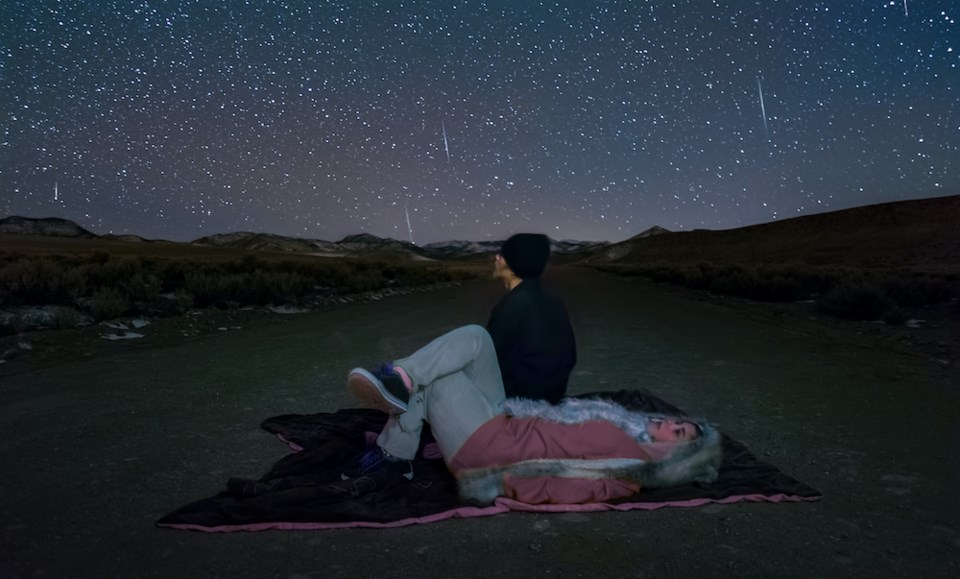Space enthusiasts will have plenty of opportunities to go stargazing this fall in Metro Vancouver.
Not only will people have a chance to view a meteor shower that is known for producing "fireballs," but there will also be a couple of active meteor showers occurring at the same time.
The Orionid meteor shower will commence on Sept. 26, while the Southern Taurid meteor shower will kick off just a couple of days after, on Sept. 28. While the Orionid shower will end on Nov. 22, the Southern Taurid will continue into the following month, ending on Dec. 2.
A third meteor shower will also commence during this time period: the Northern Taurid shower. This one starts on Oct.22 and also ends on Dec. 2.
Jennifer MacDonald, an astronomer at the H.R. MacMillan Space Centre, tells Â鶹´«Ã½Ó³» that the Taurids are comprised of two separate shows because there is a Southern and Northern component. As a result, locals will want to look out for the second one.
"The Northern component will peak about Nov. 12, but it goes on throughout later October to early December," she explains.
While the Northen Tarurids have a slower rate (about five of them appear each hour), they are made of a "heavier material," notes MacDonald. "This increases the possibility of fireballs a bit."
What is a fireball?
The describes a fireball as a "very bright meteor" that is about the same brightness as the "planet Venus in the morning or evening sky." Additionally, some people report seeing vivid colours because the brightness is "great enough to fall well within the range of human colour vision." Some of them even report hearing "sonic booms, and electrophonic sounds," albeit very rarely.
In order to view the Taurid shower, skywatchers should search for the constellation Taurus, says MacDonald. "Look for Orion's belt and then go northeast and look for the bright red star, Aldebaran."
The Orionid shower is visible anywhere on Earth and is considered a "medium strength shower." notes that "If you find the shape of Orion, the hunter, the meteor shower's radiant (or point of origin) will be near Orion's sword, slightly north of his left shoulder (the star Betelgeuse)." That said, the meteors originating in the shower's radiant will have shorter tails and therefore it is best to look slightly away from it.
The Orionid shower will peak on Oct. 20 but the light of the full moon will make viewing difficult at that time.
You should opt to travel as far away from city lights as possible in order to avoid light pollution that will obscure the clarity of heavenly bodies, however. This works best in more remote places, anywhere that has a higher elevation will also provide more ideal viewing conditions.



